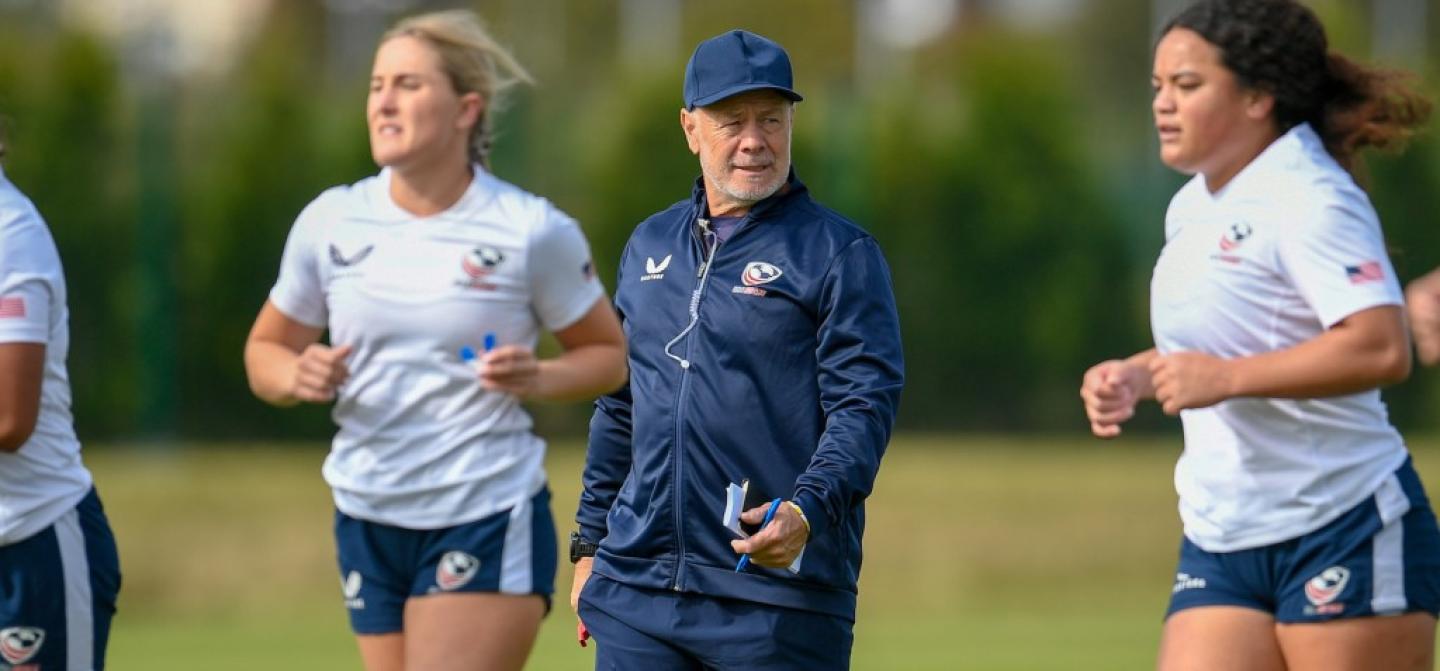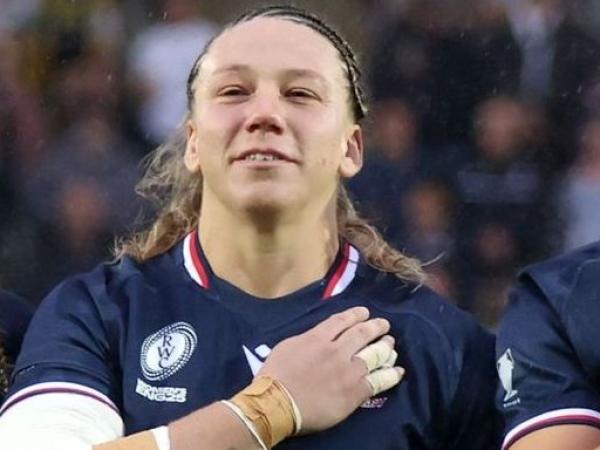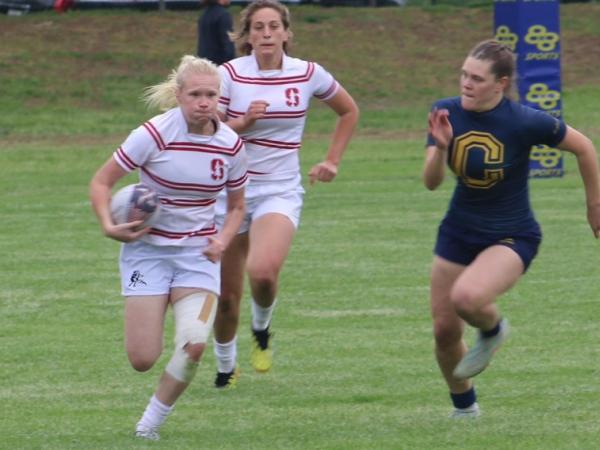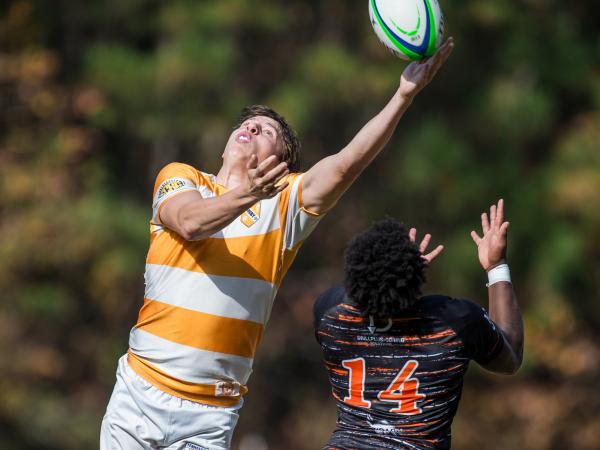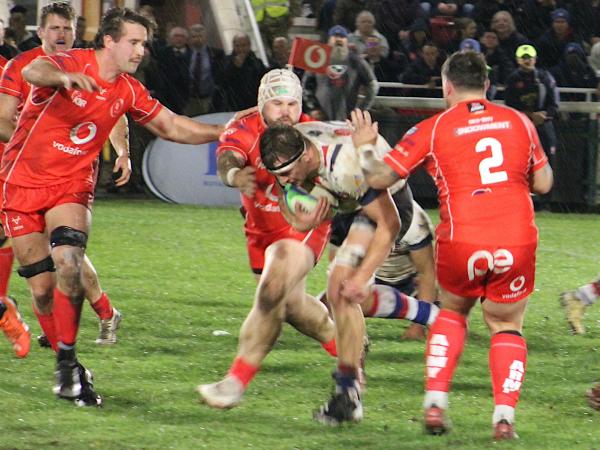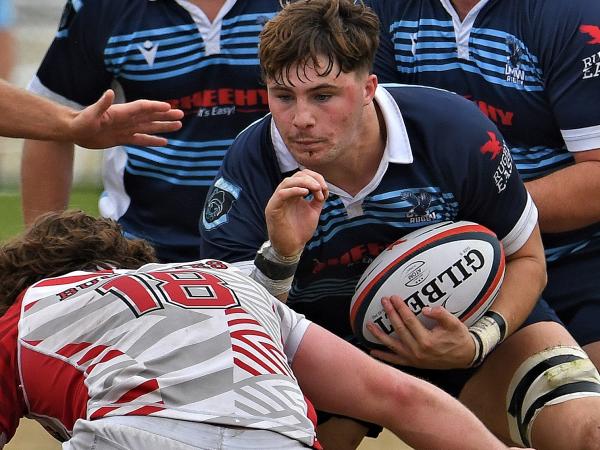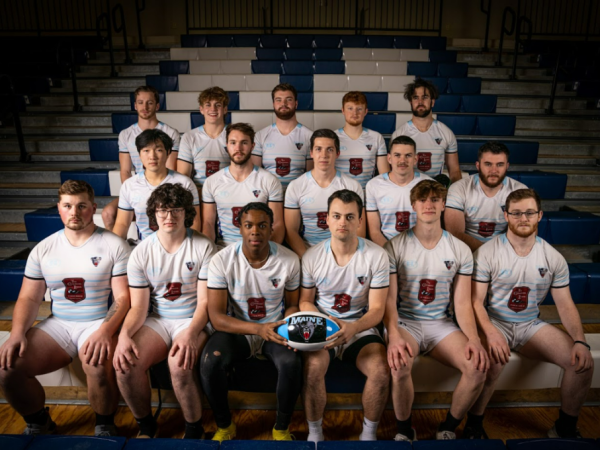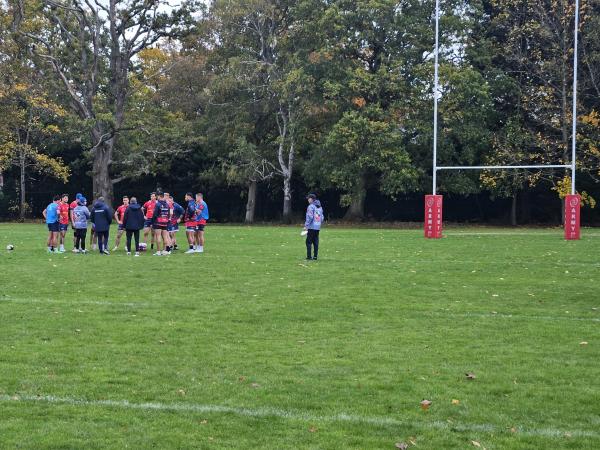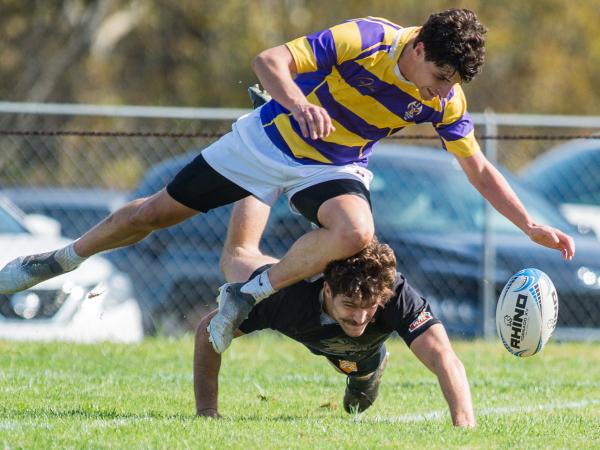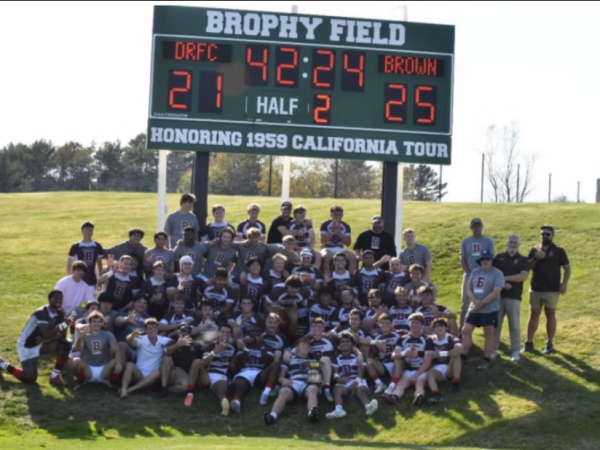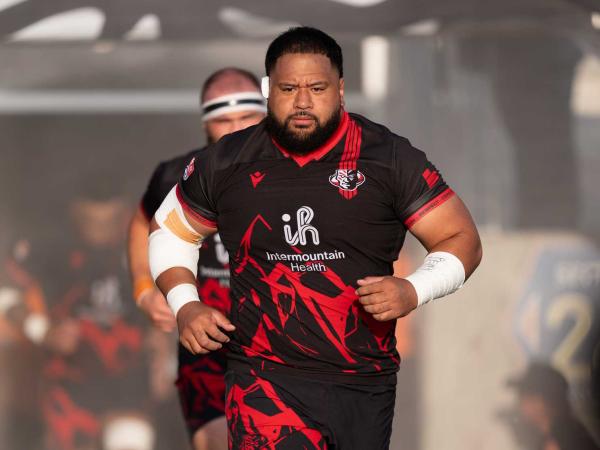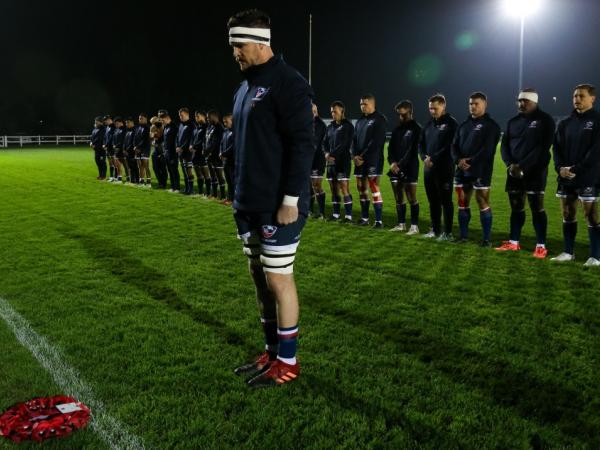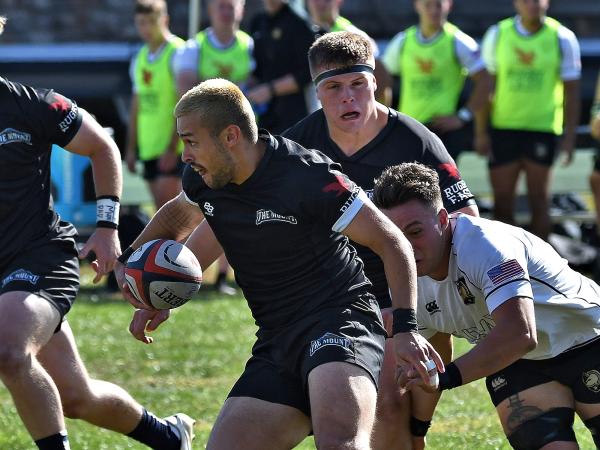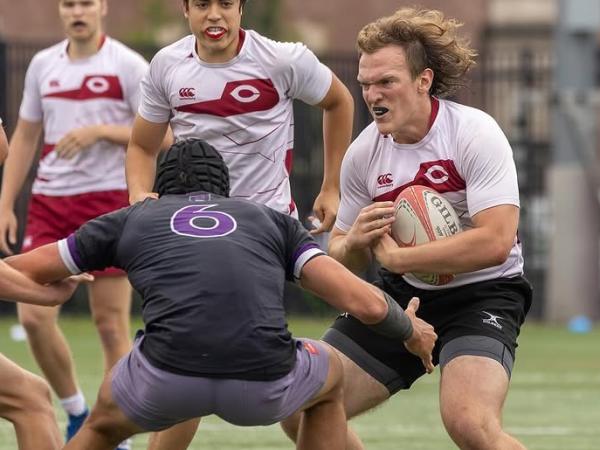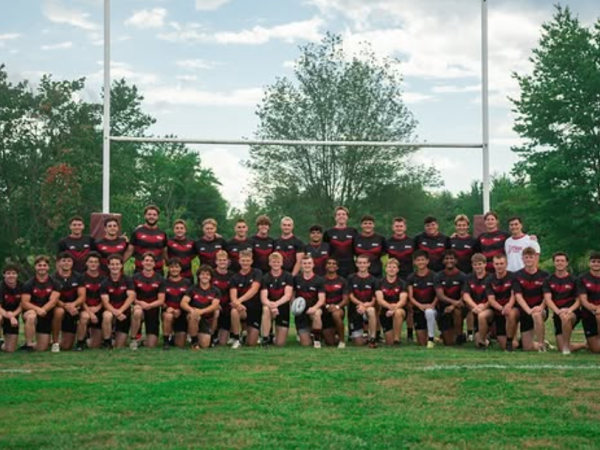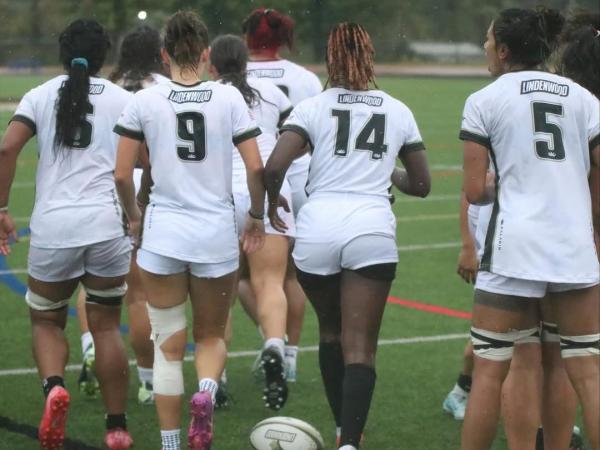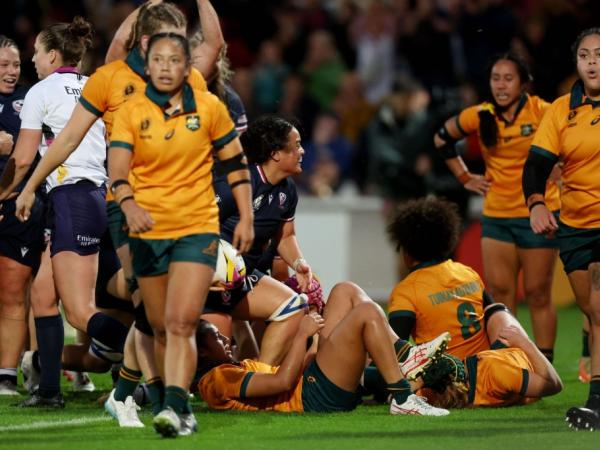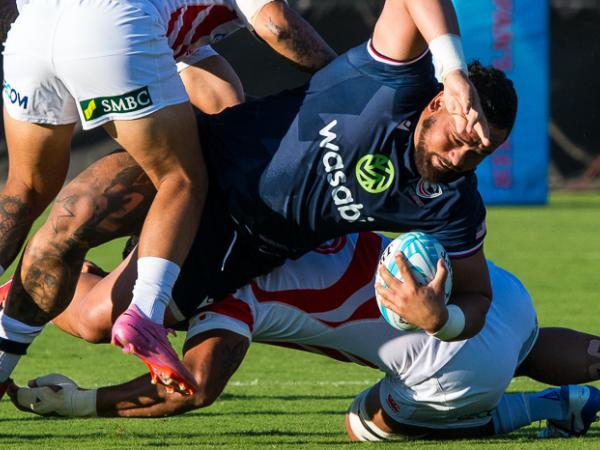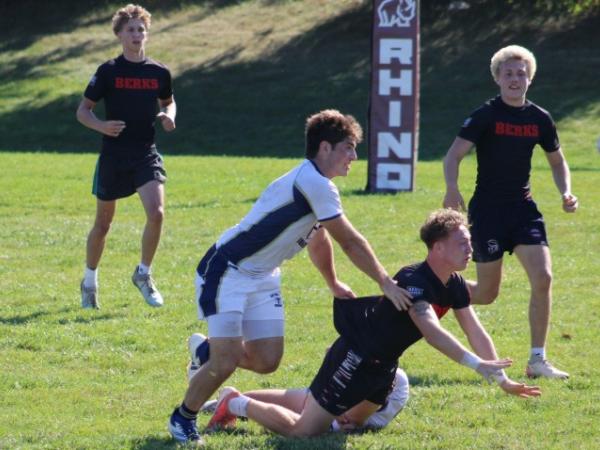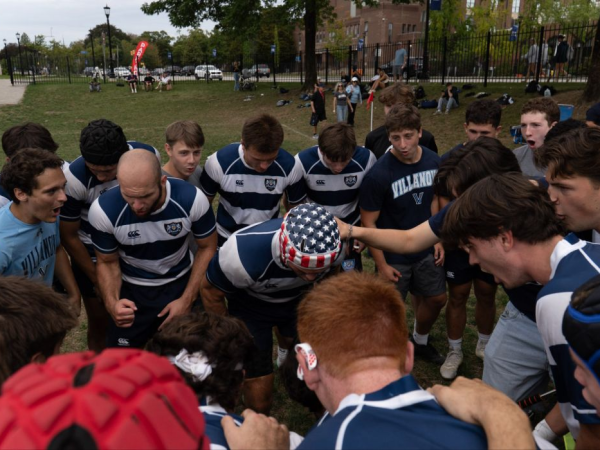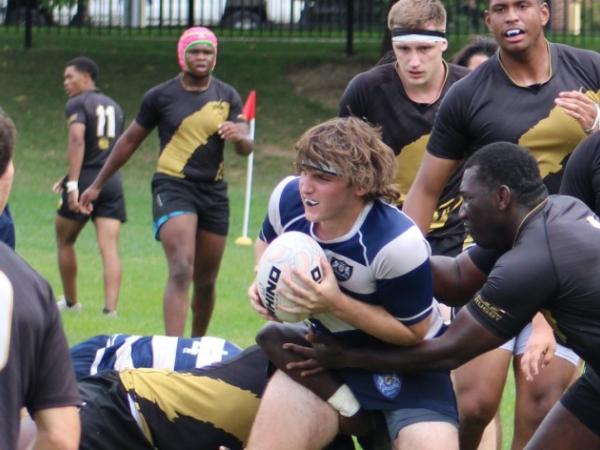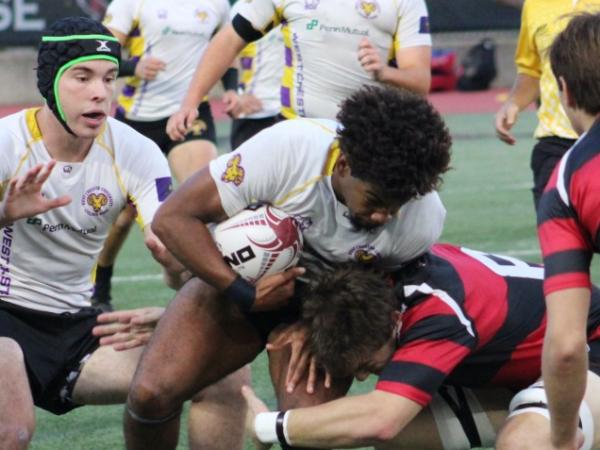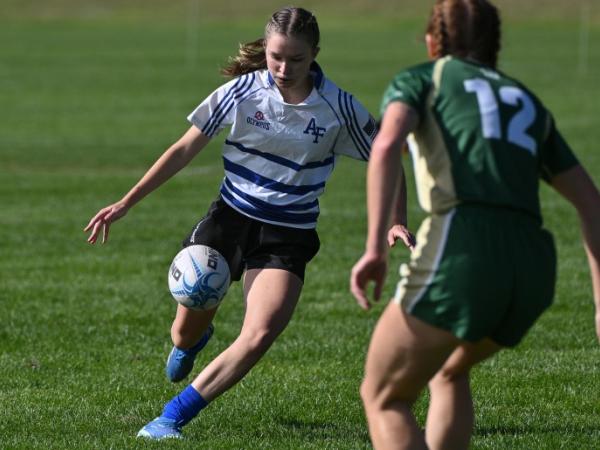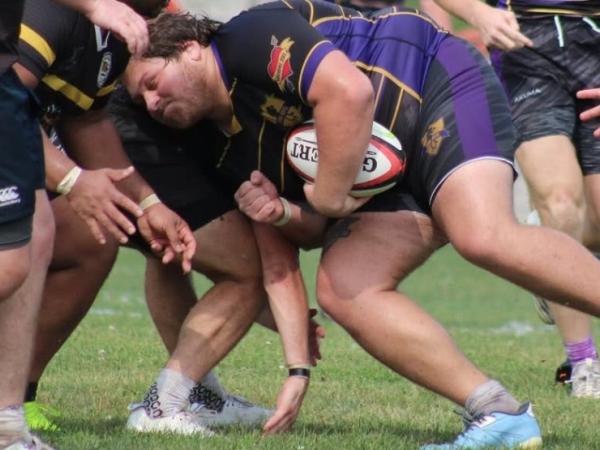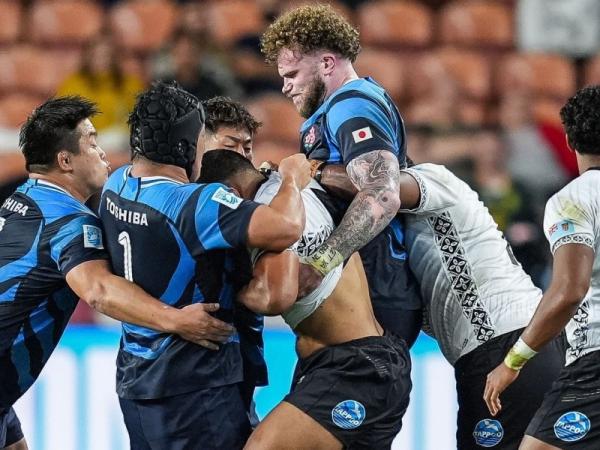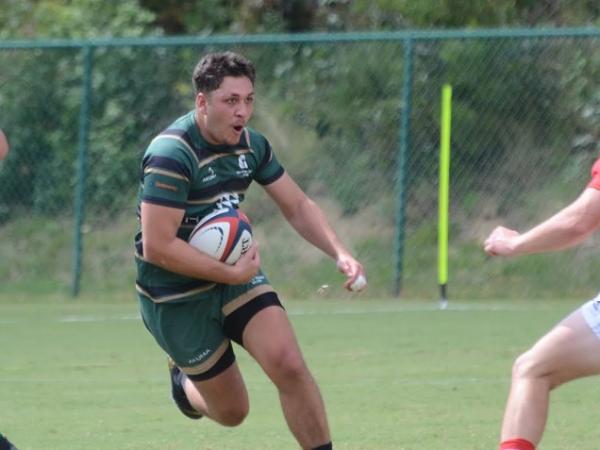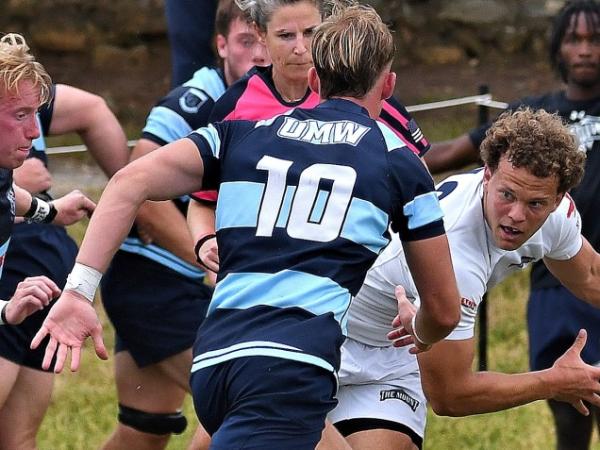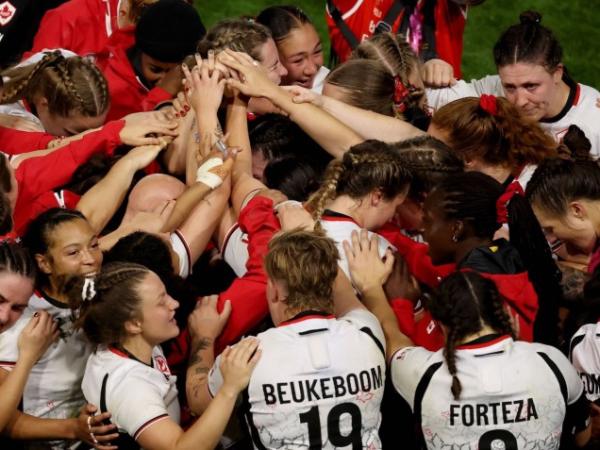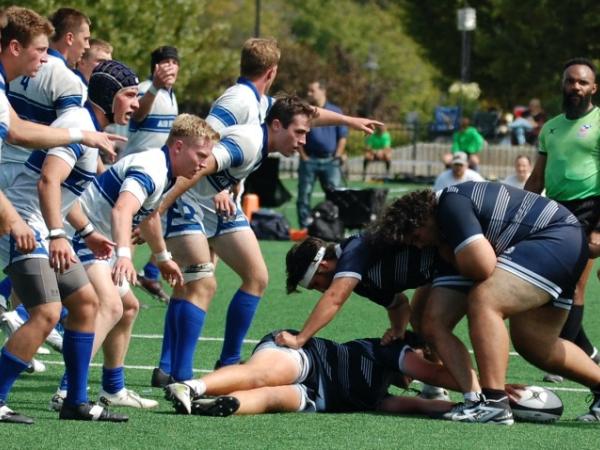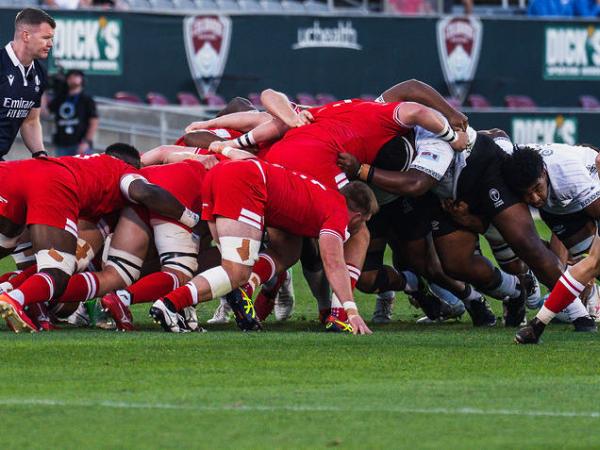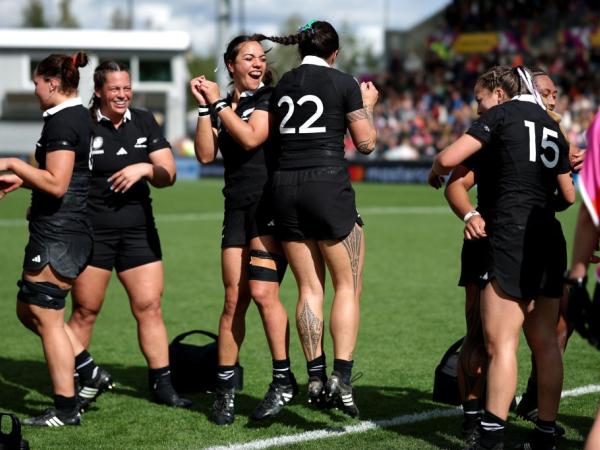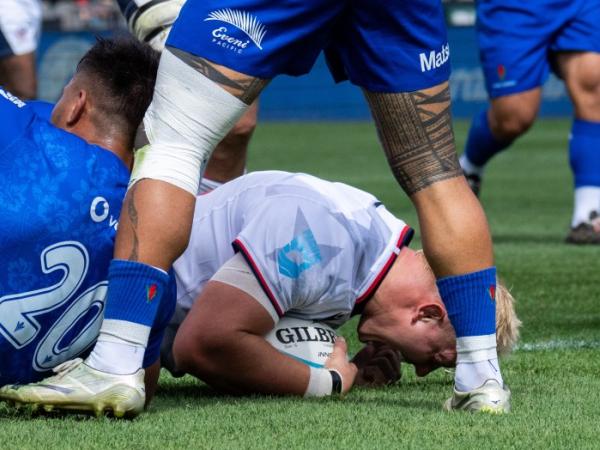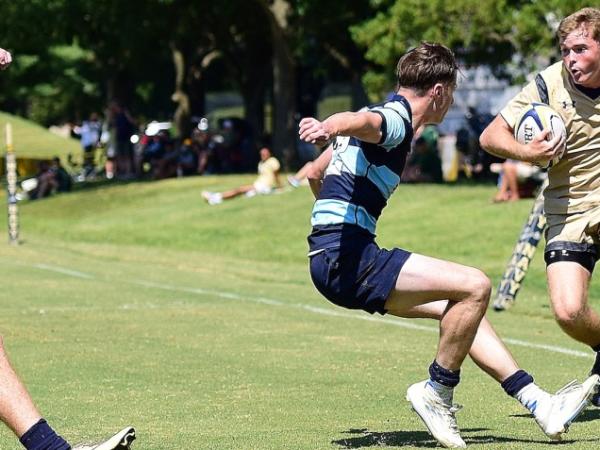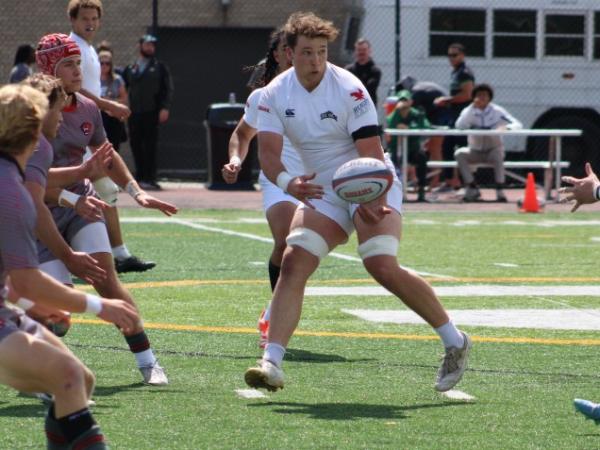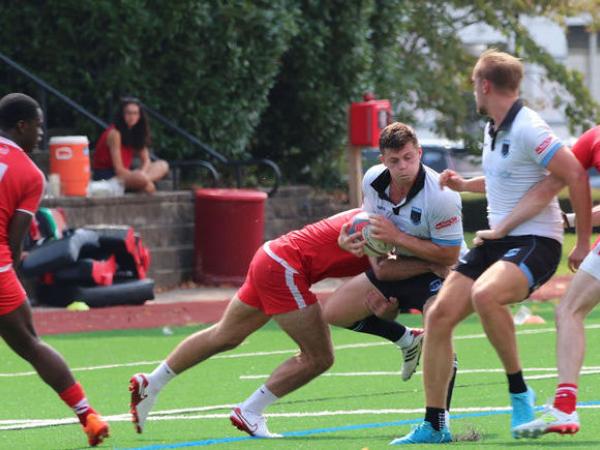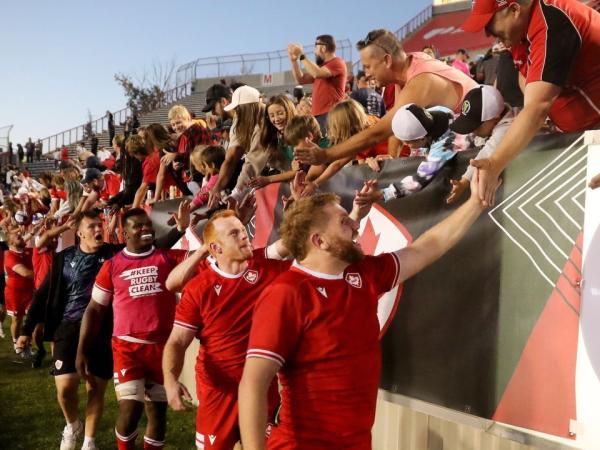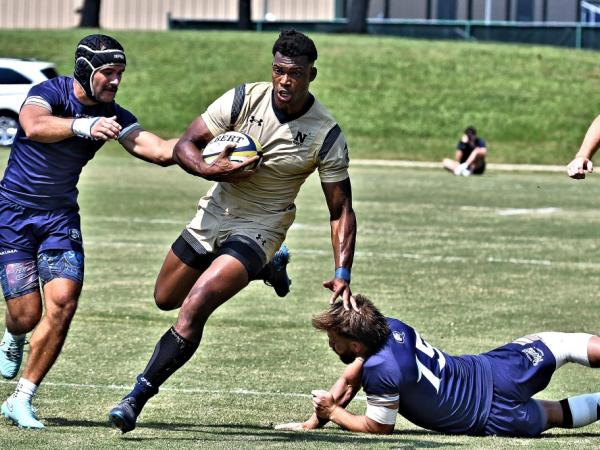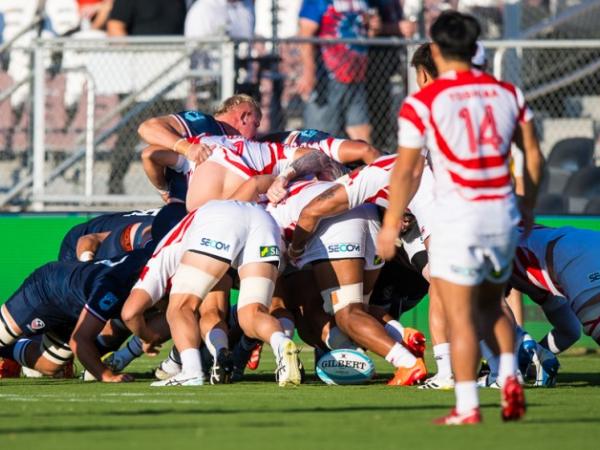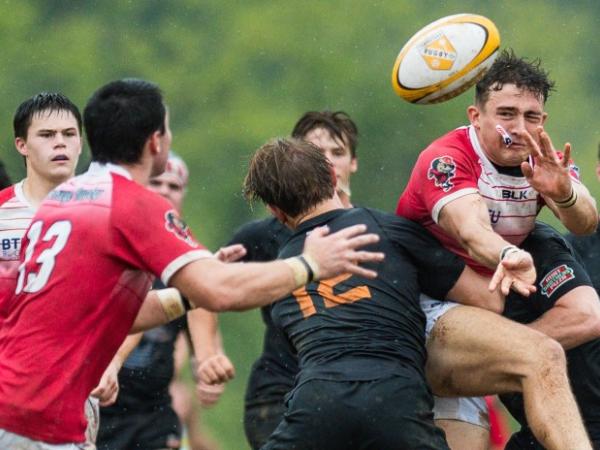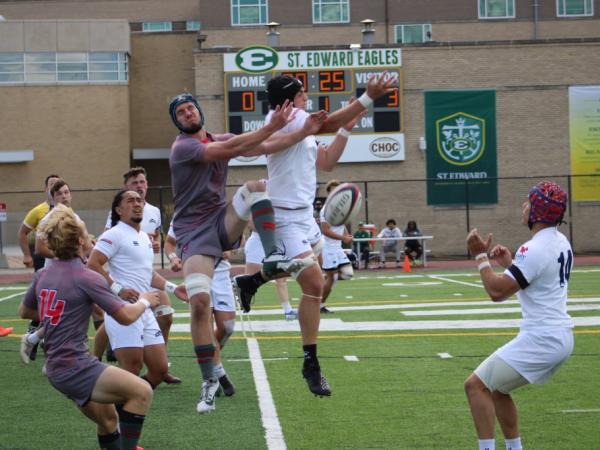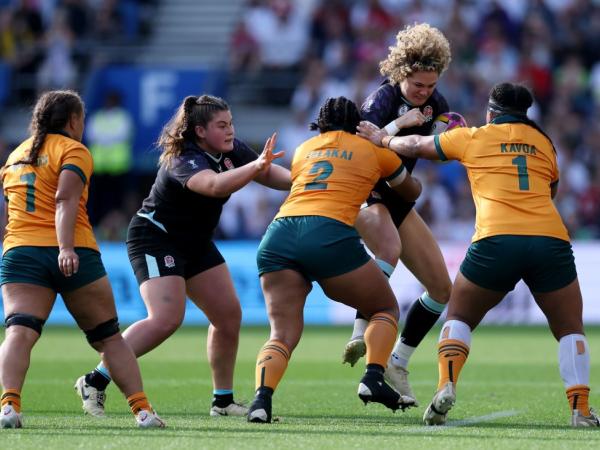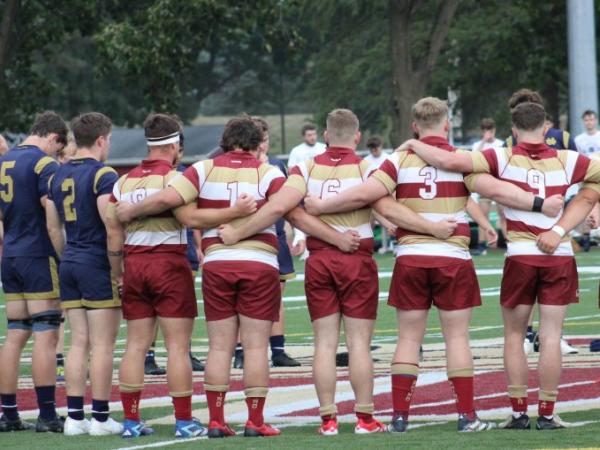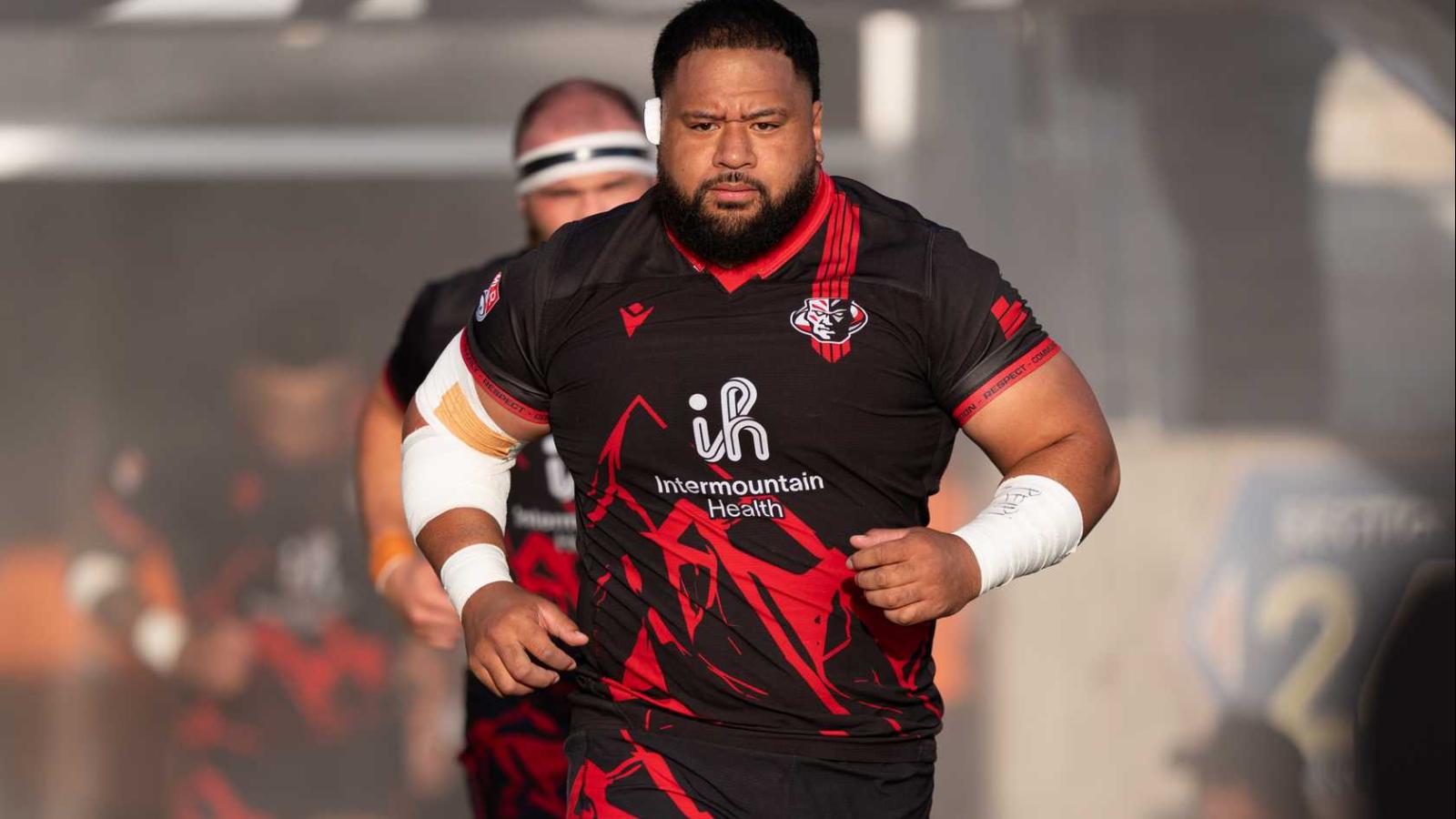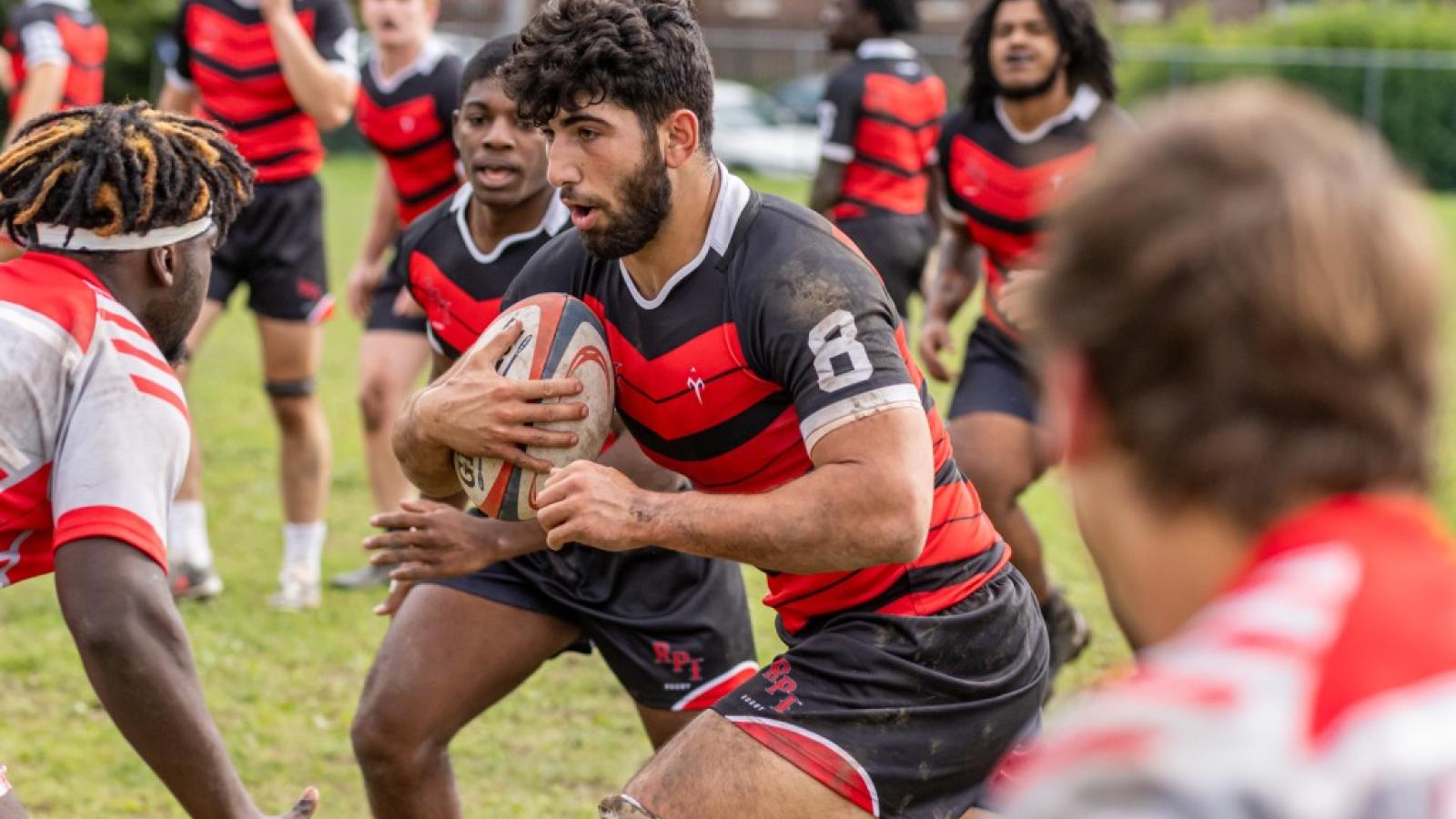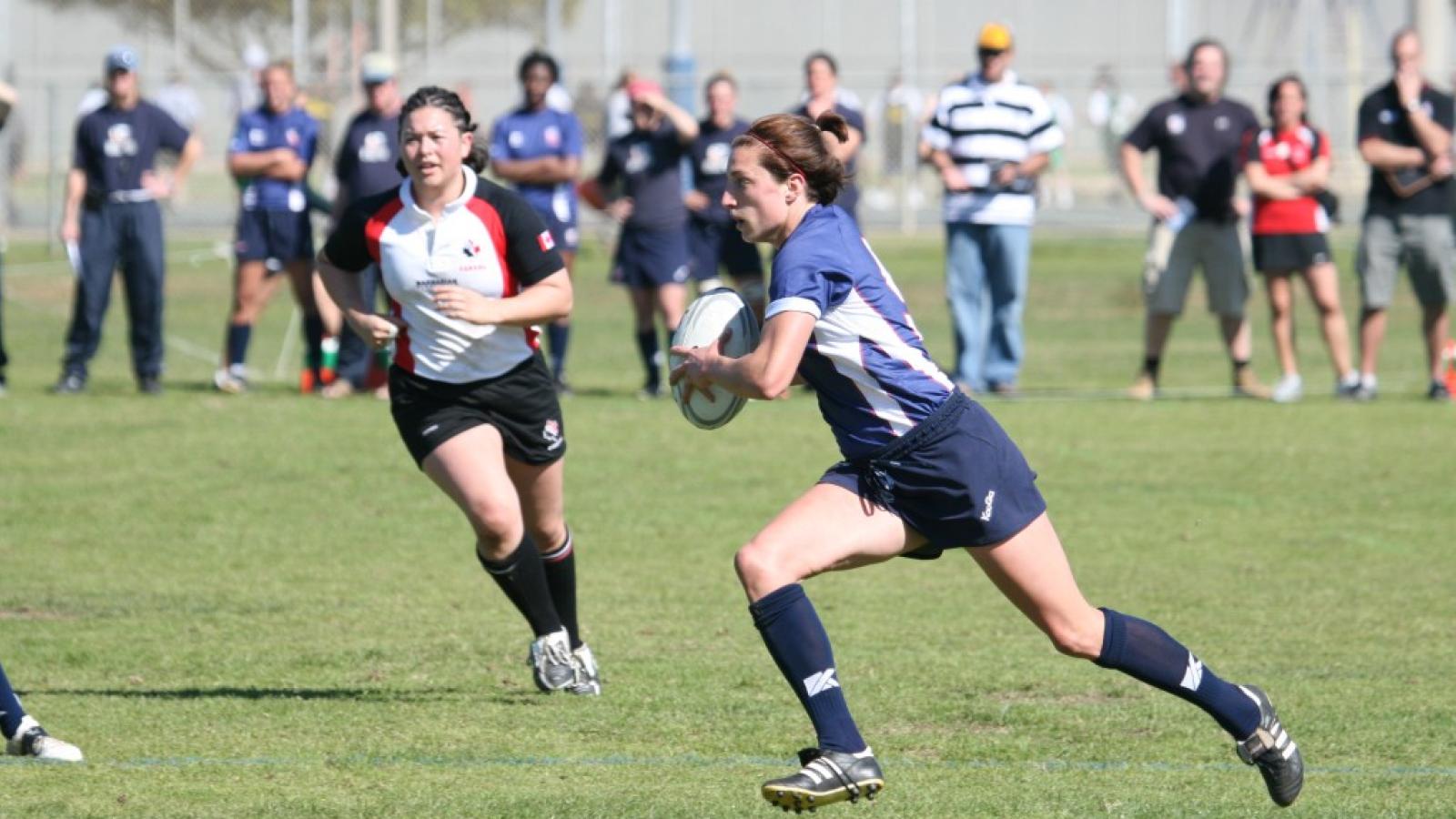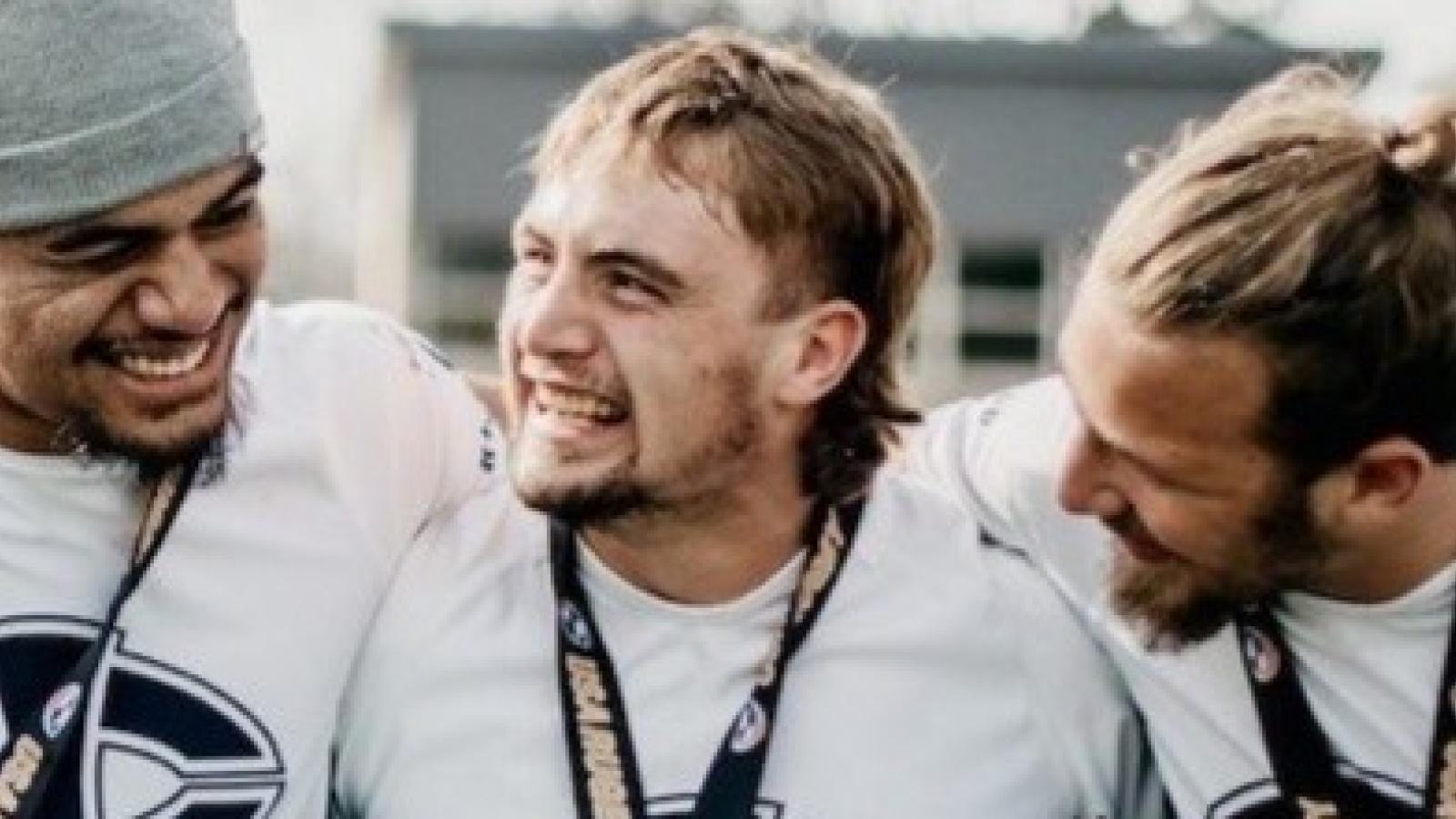Headed into WXV2, the USA Women’s National Team has been chastened, humbled, and turned every which way.
All photos by Ian Muir
Now on their third coach in less than a year, the Eagles face off against Samoa October 14, Scotland October 20, and Italy October 28 in the 2nd tier of this world-league WXV. Warming up for all of this they played a scrimmage against Ireland, and then a test match against Wales, which they lost 38-18.
Mitigating Factors
OK, while we at GRR have not had much sympathy for blaming the conditions, it was wet and that did make ball handling difficult. But modern rugby balls have these lovely little dimples on them that make them catchable in the rain—if you make good passes. Passes at a teammate’s face don’t count, and if you look at some of the handling errors, they come partly from imperfect passes. However, Wales didn't have the same problem. Wales scored tries in catch-pass.
They also come from just not holding the ball strongly enough. Losing the ball in contact is, for the most part, completely avoidable. You just have to decide to hold it strong, and not be weak.
That said, the conditions were not conducive to the USA in part because, as new Interim Head Coach Milton Haig told GRR, the weather had been sunny and dry throughout the buildup.
In addition, there were a few rather curious refereeing decisions in the game, chiefly a clear in from the side that helped set up the first Wales try that wasn’t called, and the refusal of Wales to play on their feet being allowed.
 |  |
 |  |
The result of that was there was very little opportunity to poach ball from Wales, and over the course of the game there was a two-to-one disparity in possession. That translated almost perfectly into how the scoring went. Wales scored a point every 83 seconds of possession. USA scored a point every 88 seconds. It’s just that Wales had the ball over 1,600 more seconds than the Eagles did.
In addition, the yellow card on Eti Haungatau was, in our view, very harsh. She ended up being penalized for tackling low and hard, and in watching repeated replays of the tackle, we still saw no clear striking of the tackles player’s head. Meanwhile, right after that tackle, and with play still going on, Welsh players walked offside to start a fight, and yet there was nothing said or done about that. We left the game (figuratively speaking) rather soured on how Wales plays the game, which is sad.
However, Charli Jacoby clapping in the face of a Welsh player being yellow-carded wasn't much more sporting and reflects poorly on her.
A Few GRR Observations
Briefly on the players: Freda Tafuna is clearly the best player on the team. Everything they need to do, she does (except perhaps jump in the lineout). Her ability to break the gainline, make thundering tackles, work hard in tight, clear out rucks, steal ball, and support her teammates are all what everyone should be aspiring to. We'd probably say the same about Kate Zackary if she were playing in the loose forwards. Now that she's an outside center, we didn't see her much in the Wales game because she just didn't get a lot of front-foot ball.
The entire back row, in fact, was very good against Wales.
The 9-10 combo has to be figured out. It's not settled.
Eti Haungatau showed more of her physicality and ability to take control of the game. It's interesting in the Wales game Emily Henrich was a late scratch (to the bench) and Haungatau got the starting nod, perhaps due to the conditions.
Why Milton Haig?
We did have the chance to sit down and talk to Haig after the game, and discuss what his plans are. This is Haig’s first time coaching women, and it’s been a good experience for him. He told us how he was reluctant to take on what is a seven-week stint as a caretaker coach to a program in transition. In the end, it was his two daughters who urged him to take the job. “Dad, you’ve got to help them,” they told him. OK then.

Having now thrown himself into it, “I love it.”
The plan was always to have Haig come in and work with USA Rugby in some capacity, but helming the Eagle women for just a few weeks turned out to be a late adjustment to his marching orders.
“I’ve spent a lot of time doing this, coaches all around the world and all I want to do is help you be better,” Haig told the players. “I’m a rugby guy and I just want to help you be a better team.”






